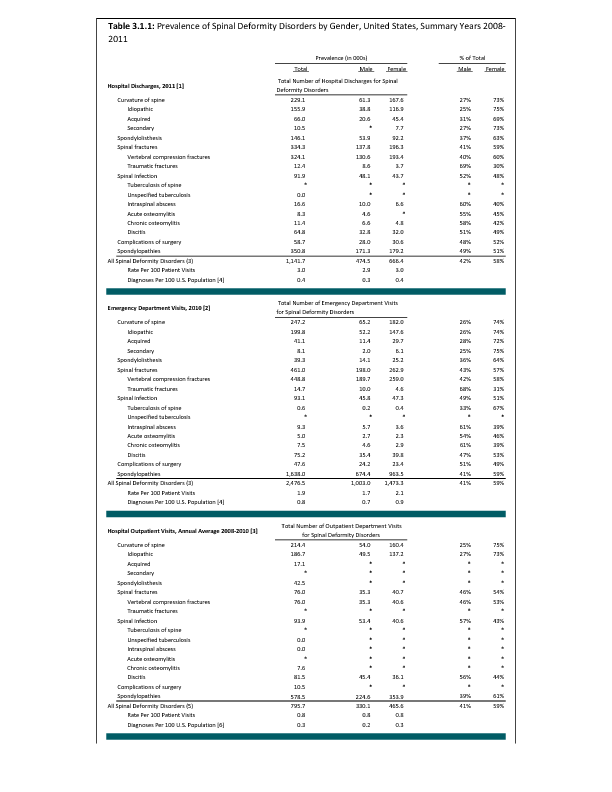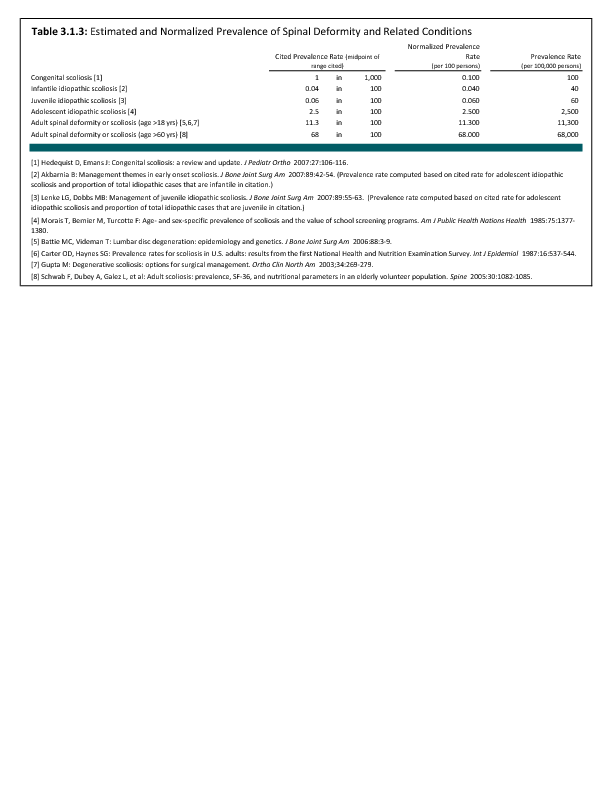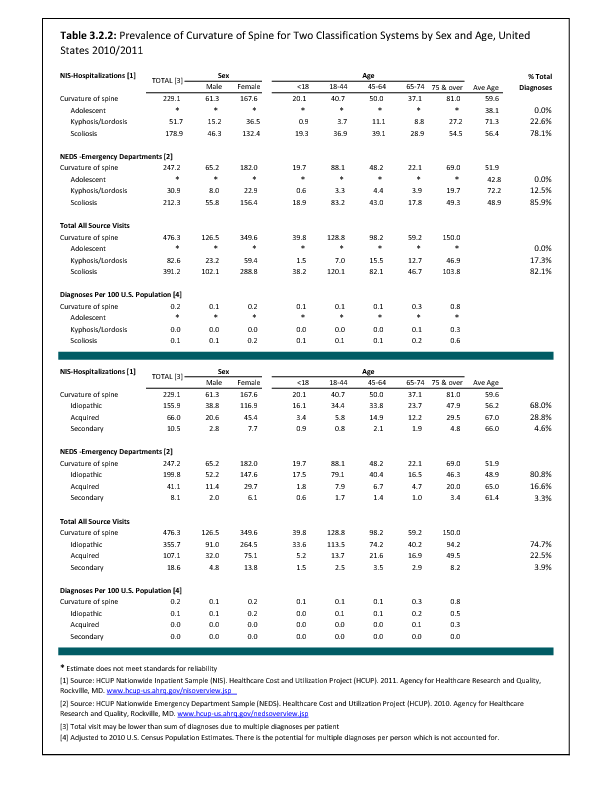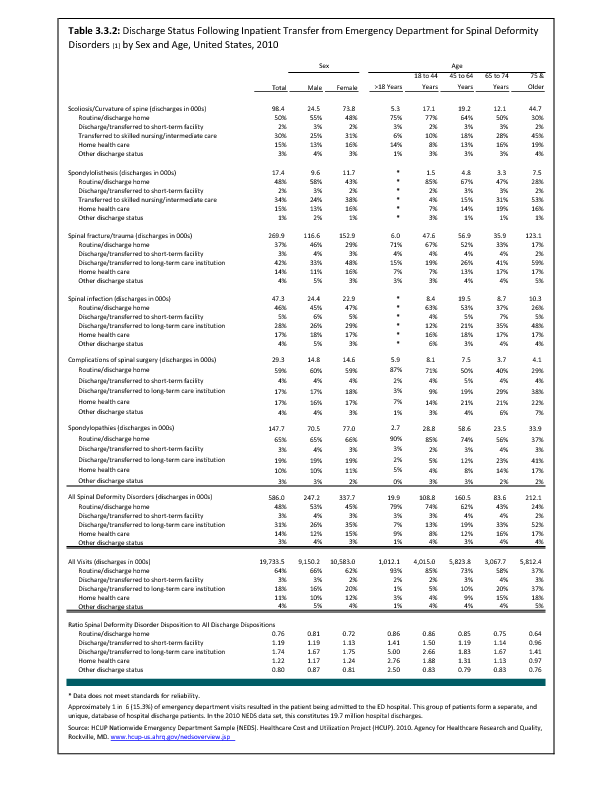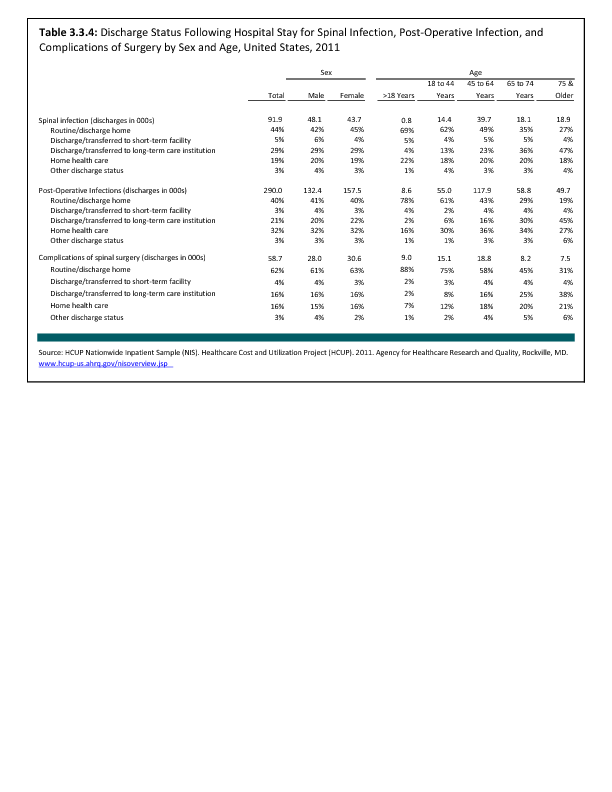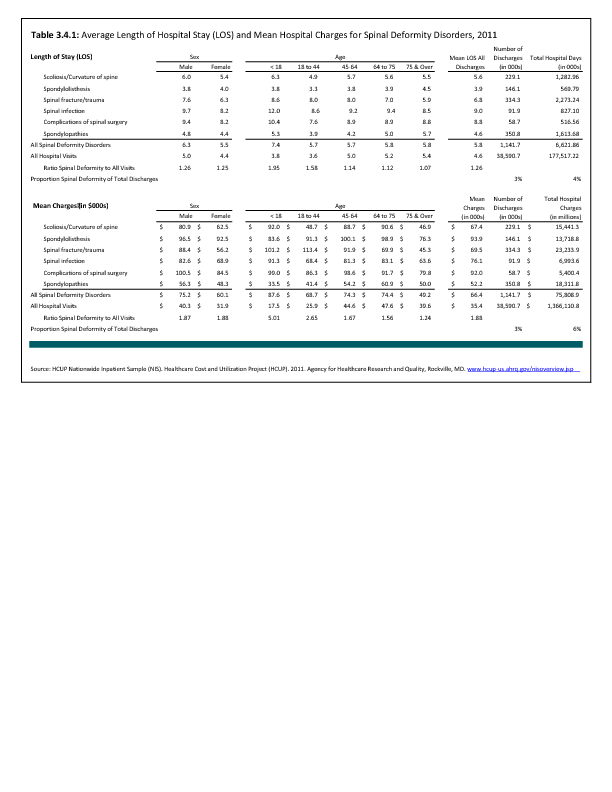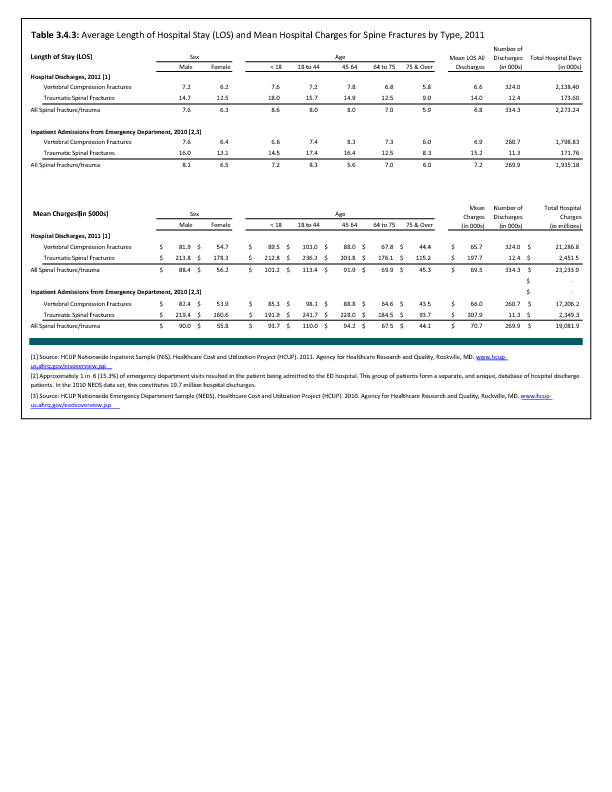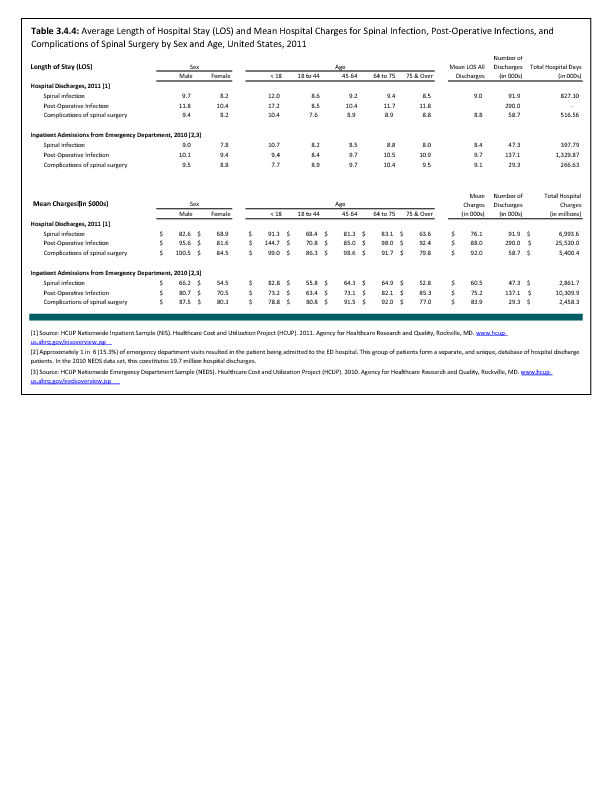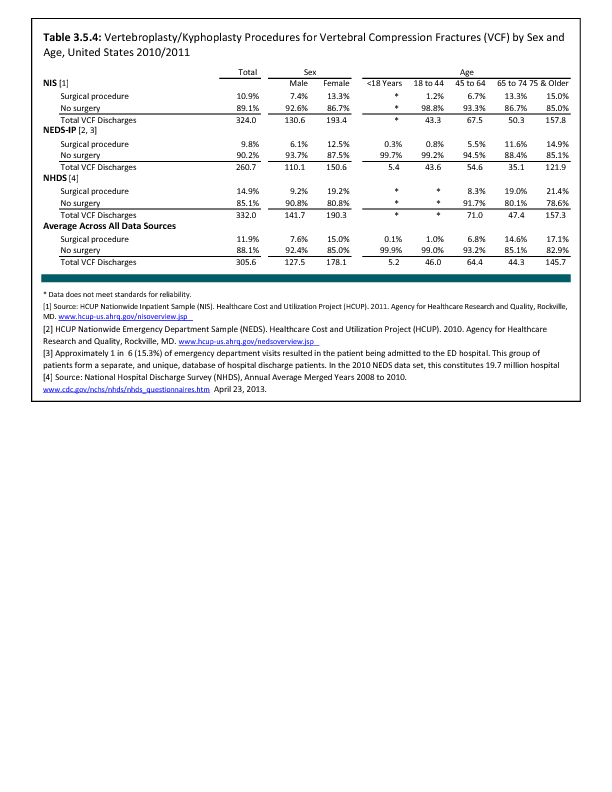Injuries involving the spine represent a relatively small percentage of the overall number of acute musculoskeletal injuries, but have a disproportionate impact on patient impairment, economic cost, and societal burden. These injuries encompass a wide spectrum of spinal trauma, from devastating high-energy spinal cord injuries (SCI) in younger patients that often require complex spinal reconstruction procedures to more benign low-energy osteoporotic vertebral compression fractures (VCF) in the elderly. Yet as many as 40% of patients with low energy VCF will go on to develop chronic disabling pain and deformity.1 Because spinal trauma has such a large and disproportionate impact on disability and utilization of health care resources, frequently resulting in significant structural abnormalities, we have chosen to include a focused evaluation of spinal fractures in the Deformity Chapter. High- and low-energy fractures are also discussed in the Musculoskeletal Injuries and Osteoporosis chapters, respectively. Data is derived from the various public-use databases using traumatic spine fracture injury and vertebral compression fracture codes listed at the end of this chapter.
- 1. Venmans A, Klazen CA, Lohle PNM, et al: Natural history of pain in patients with conservatively treated osteoporotic vertebral compression fractures: Results from Vertos II. AJNR Am J Neuroradiol 2012 Mar;33(3):519-21.
Edition:
- 2014

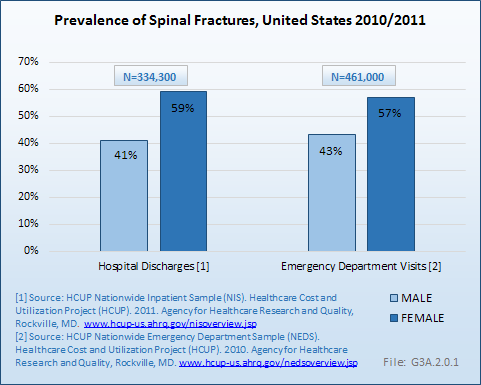
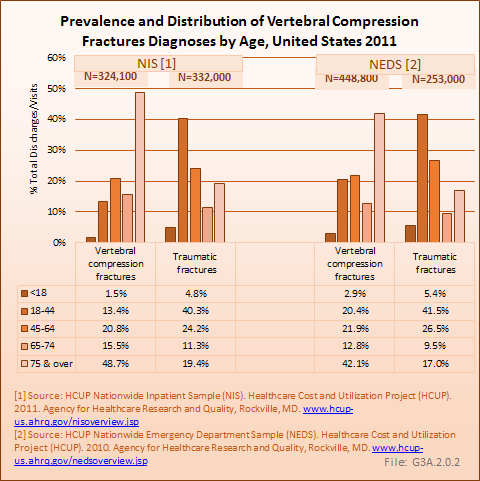
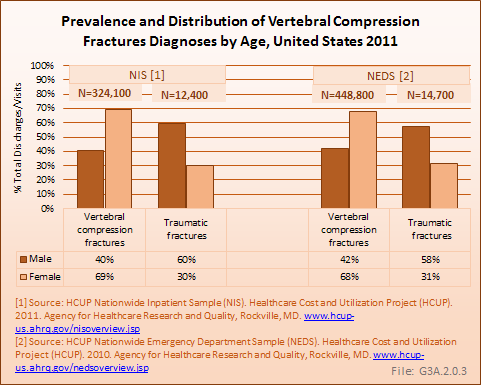

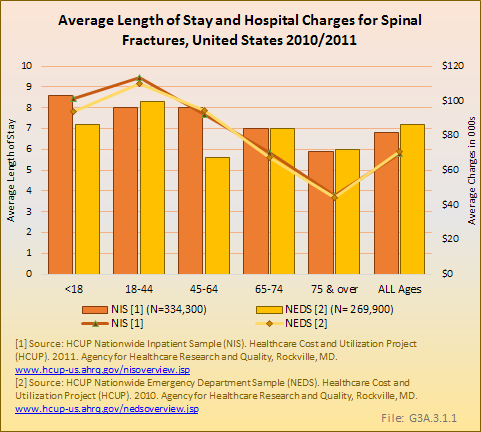
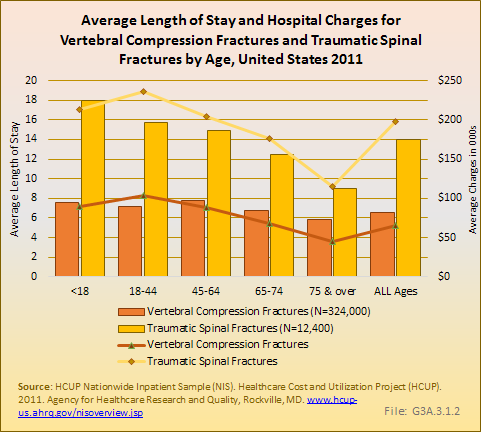
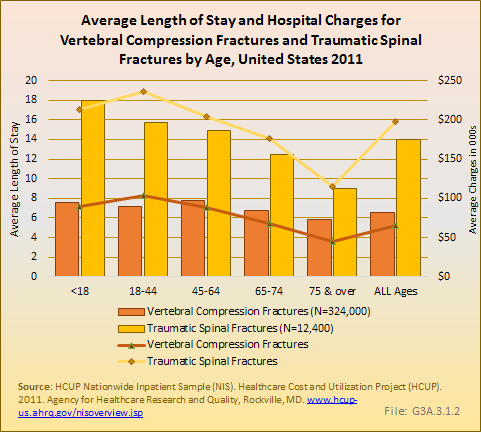
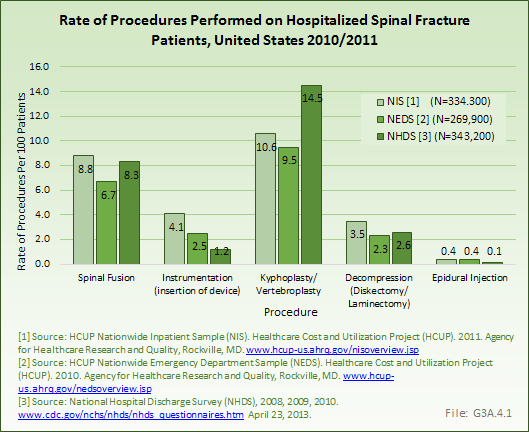

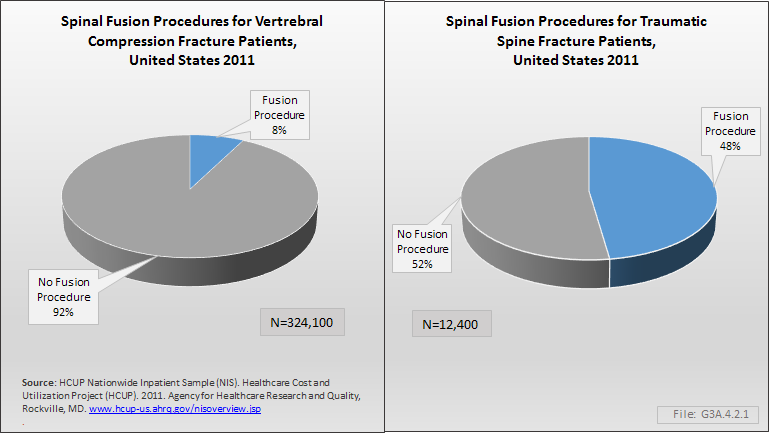
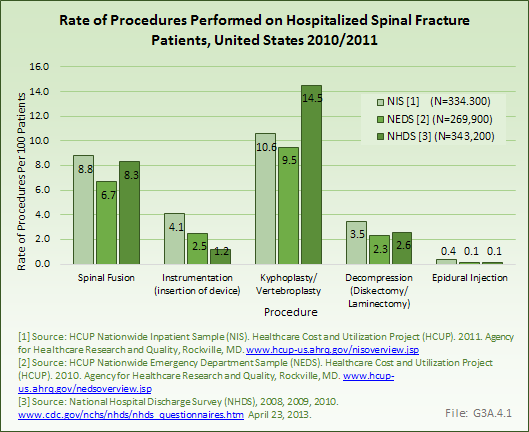

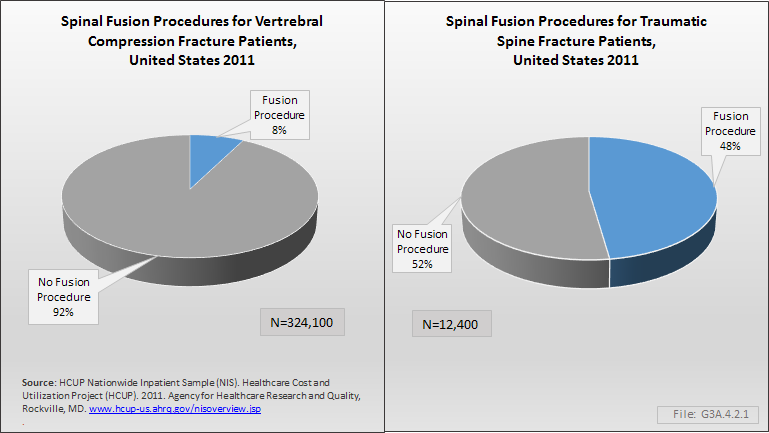
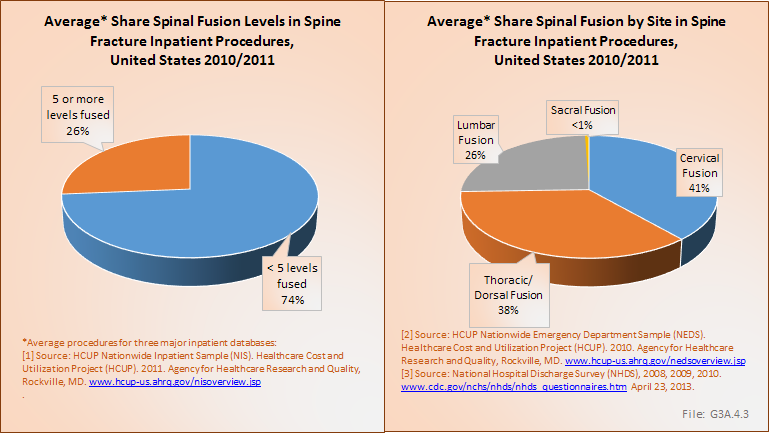

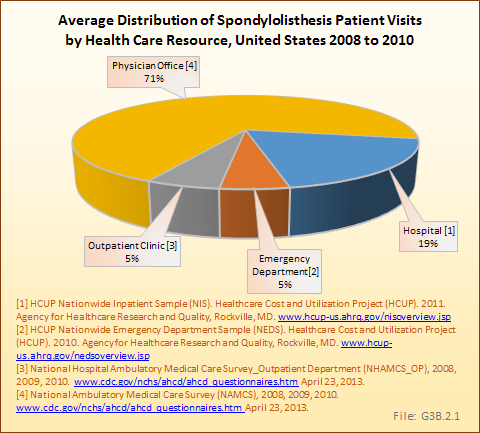
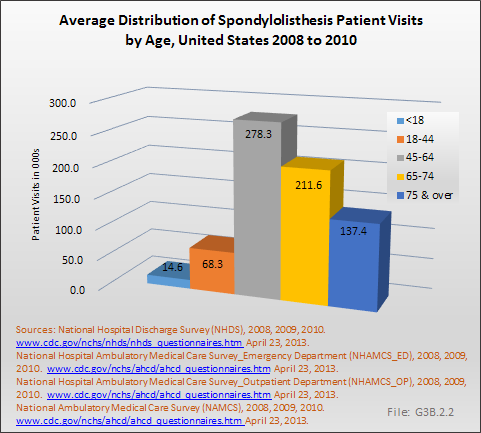

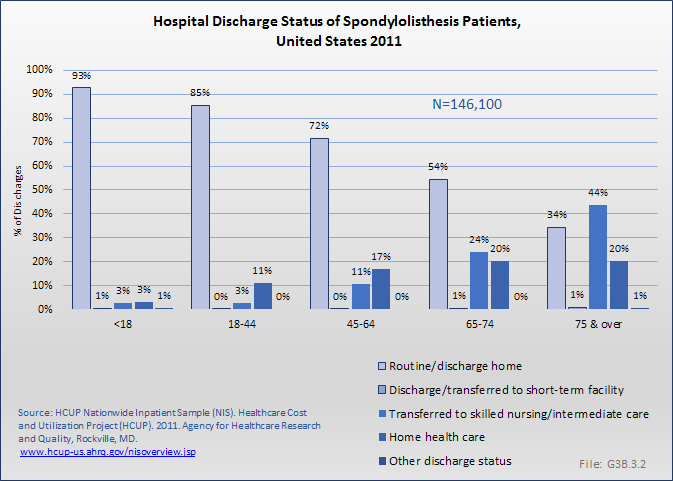
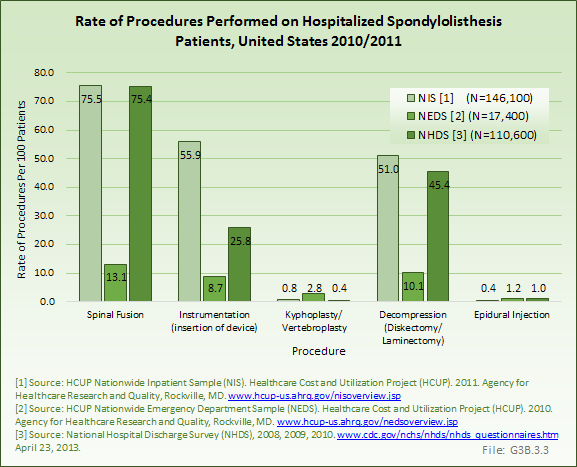

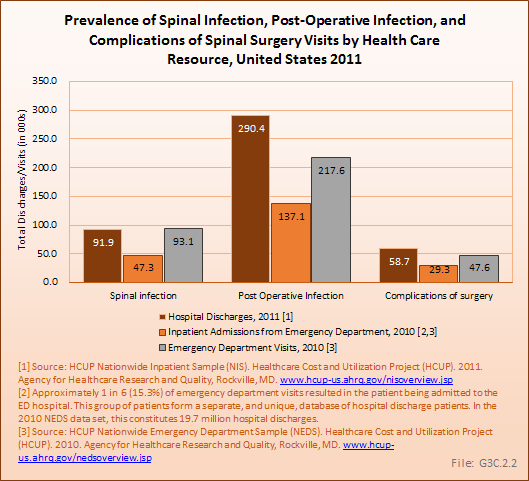
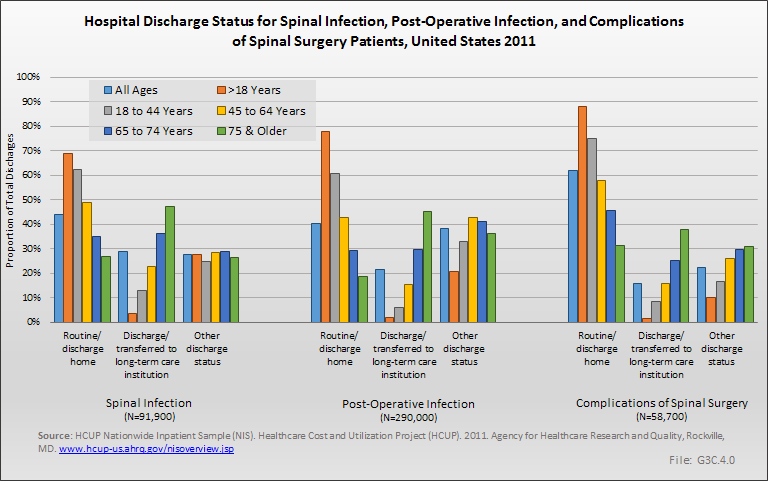


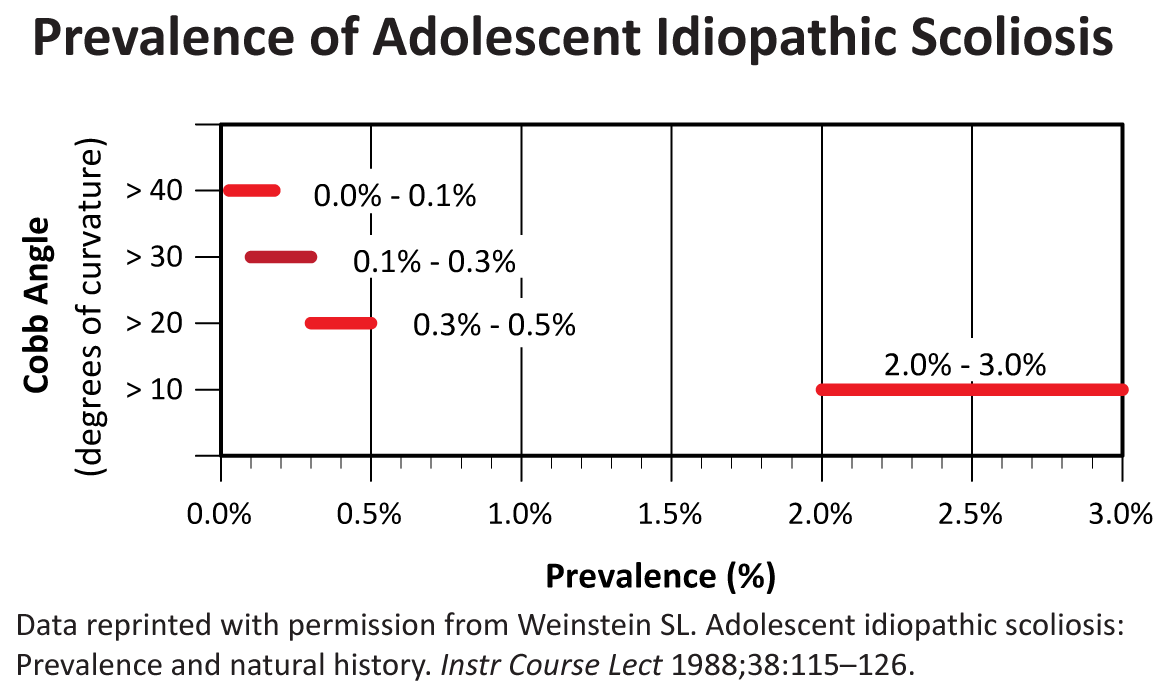
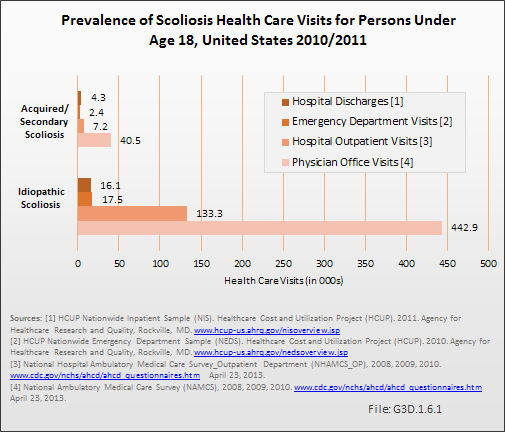
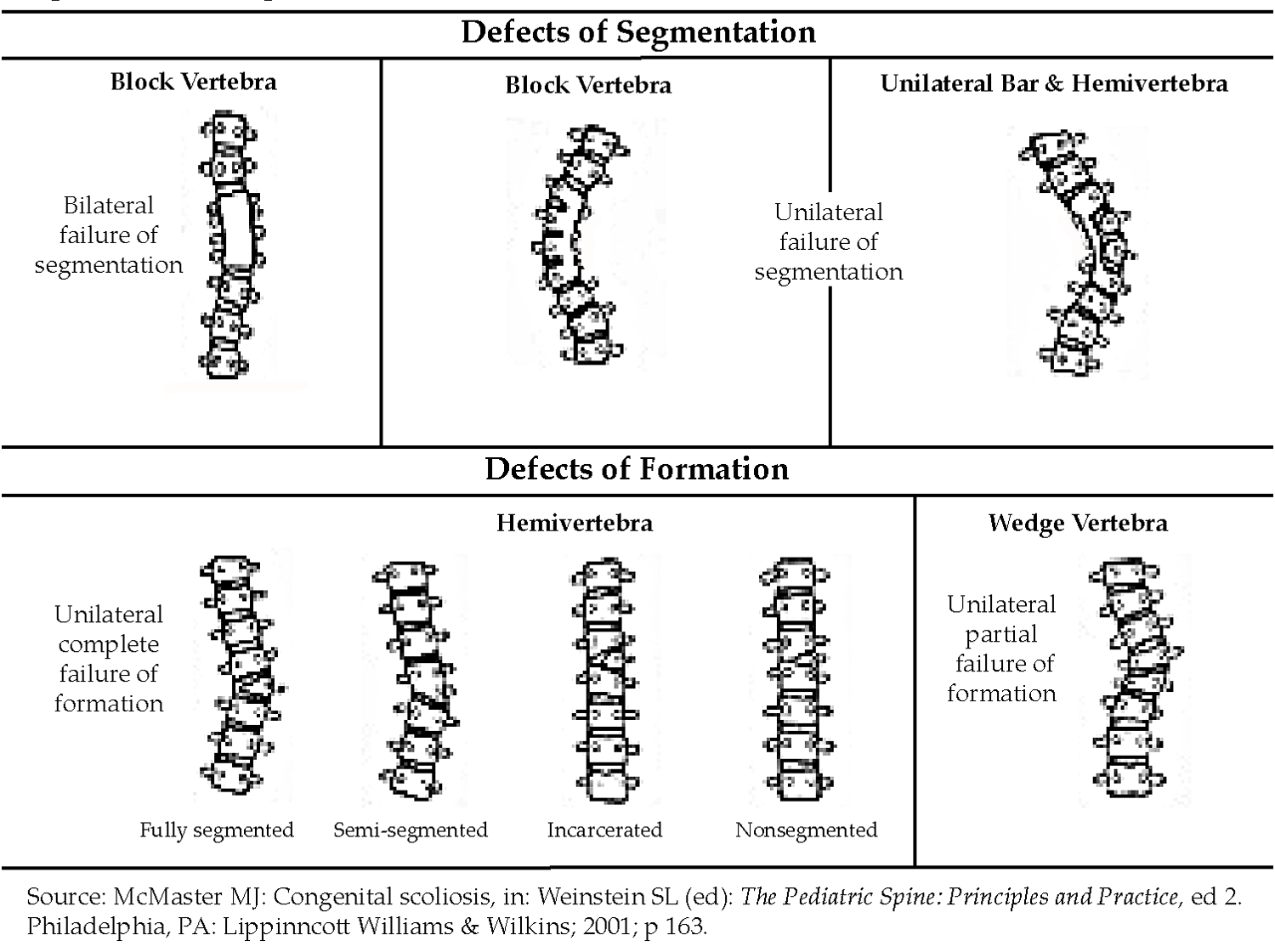
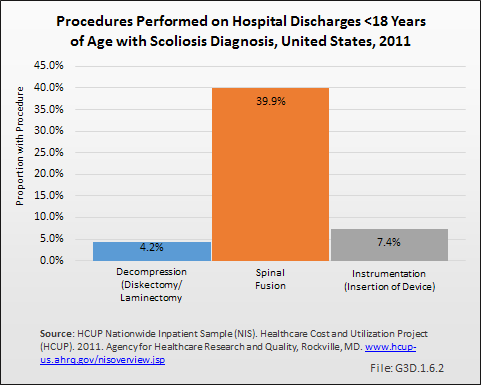

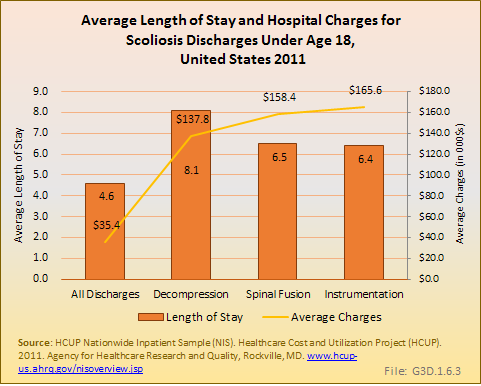
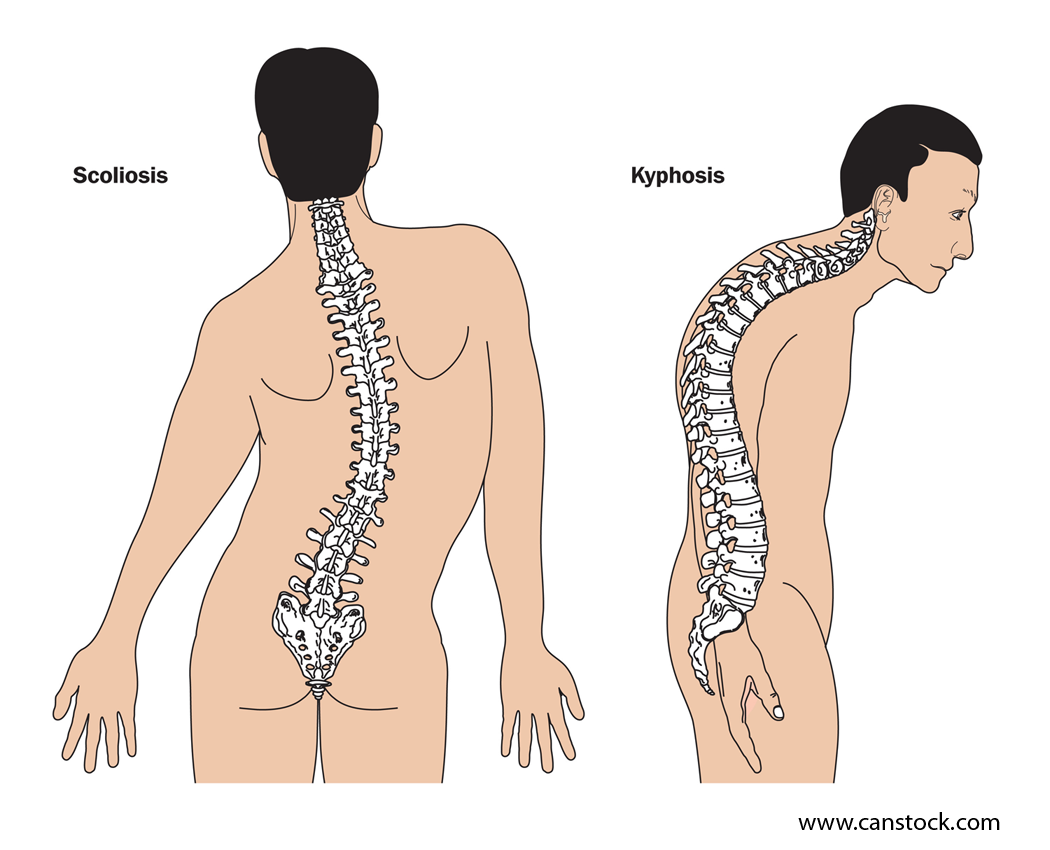
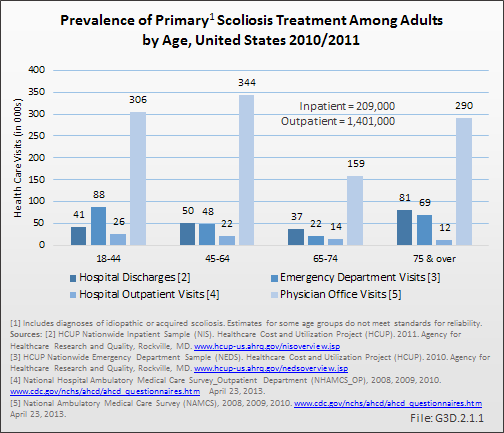
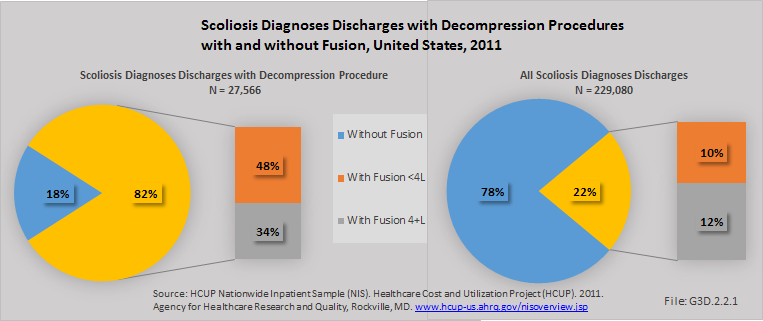
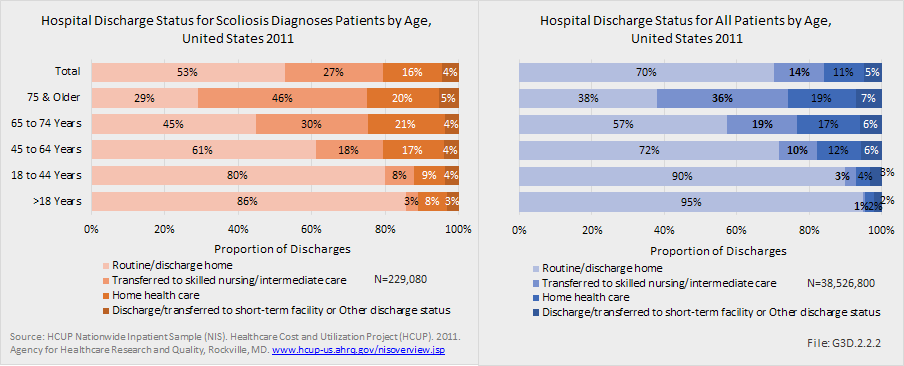

 Download as CSV
Download as CSV